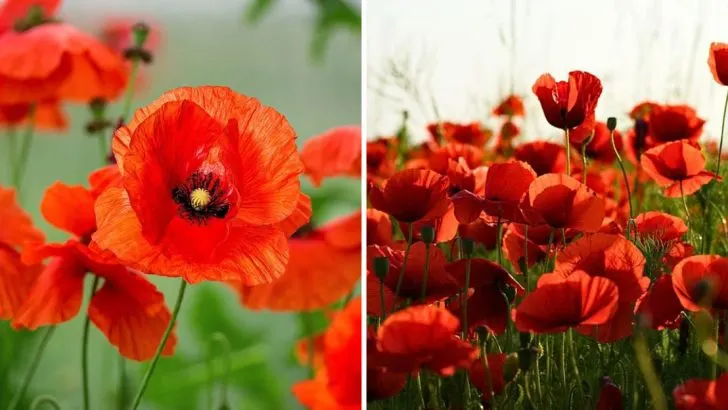Poppy flowers are beloved for their vibrant, eye-catching blooms and ability to brighten any garden. Whether you’re a seasoned gardener or a beginner, growing poppies can be a rewarding experience. With a little knowledge and care, you can enjoy these beautiful flowers year after year. In this article, we’ll share 10 essential tips for growing and maintaining healthy, thriving poppies in your garden.
From choosing the right variety to caring for your plants, these tips will help you get the most out of your poppy blooms.
Choose the Right Variety
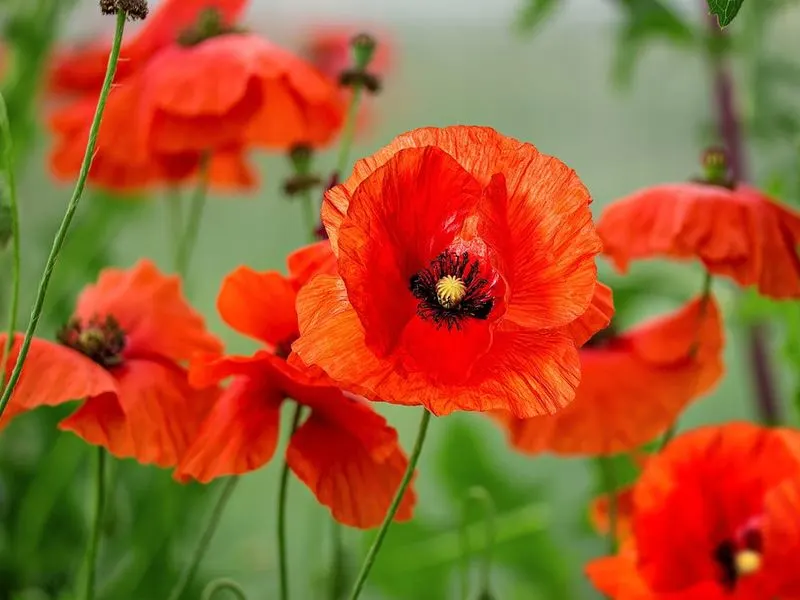
Not all poppy flowers are created equal, and selecting the right variety is crucial. Consider your local climate and garden conditions when making your choice. Some varieties thrive in cooler climates, while others prefer warmth. Research and pick a type that matches your environment. Planting seeds suitable for your location will ensure healthy growth and vibrant blooms. For instance, the Icelandic poppy is perfect for cooler temperatures, offering a delicate yet colorful display. Understanding the specific needs of each variety will help you create a harmonious and flourishing poppy garden.
Prepare the Soil
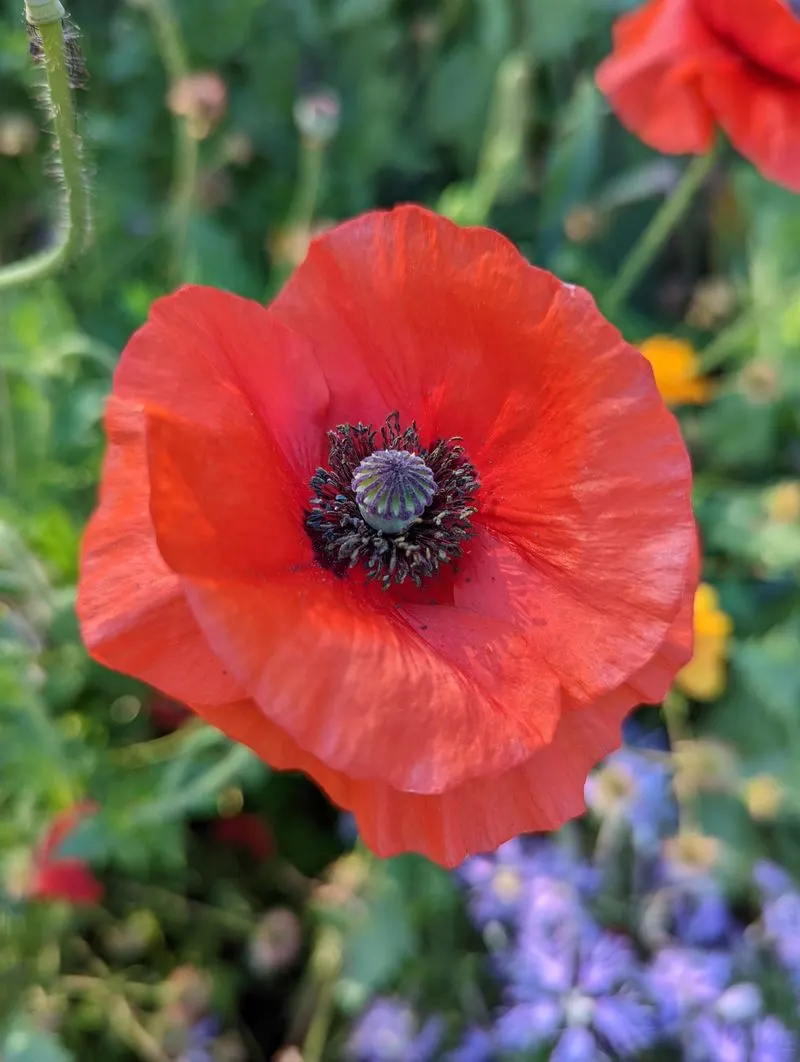
Healthy soil is the foundation of successful poppy cultivation. Start by choosing well-draining soil, as poppies despise waterlogged conditions. Amend your soil with organic matter such as compost to enhance fertility and drainage. Loosen the soil to a depth of about 12 inches to allow root penetration and prevent compaction. Adding a bit of sand can improve drainage if your soil is heavy. Ensuring your soil is rich and friable will provide a nurturing environment for your poppies to thrive, leading to a colorful and bountiful display come bloom time.
Sow Seeds at the Right Time
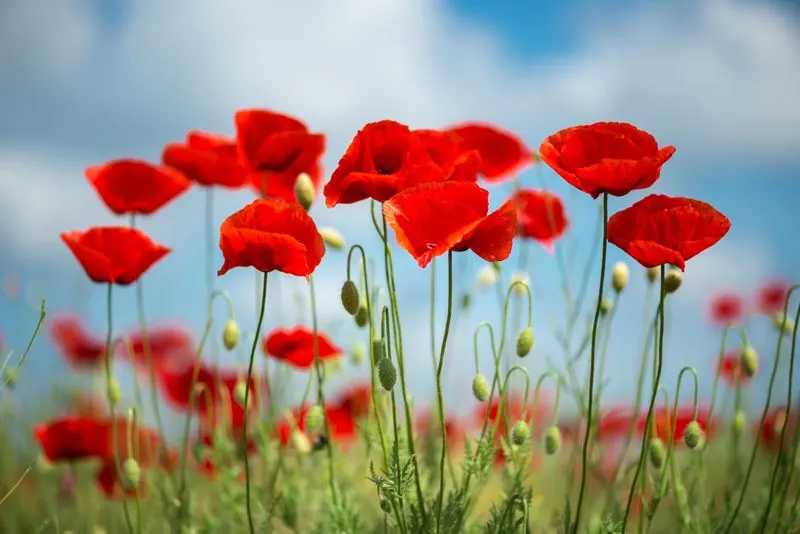
Timing is everything when it comes to sowing poppy seeds. Ideally, plant them in early spring when the soil has started to warm up but isn’t too hot. Poppy seeds need cool temperatures to germinate effectively, so avoid sowing in the intense heat of summer. Make shallow furrows and sprinkle seeds thinly to prevent overcrowding. Cover lightly with soil and water gently. Spring sowing aligns with the natural cycle of poppies, mimicking their wild growing conditions, and sets the stage for a healthy and robust growth period.
Water Wisely
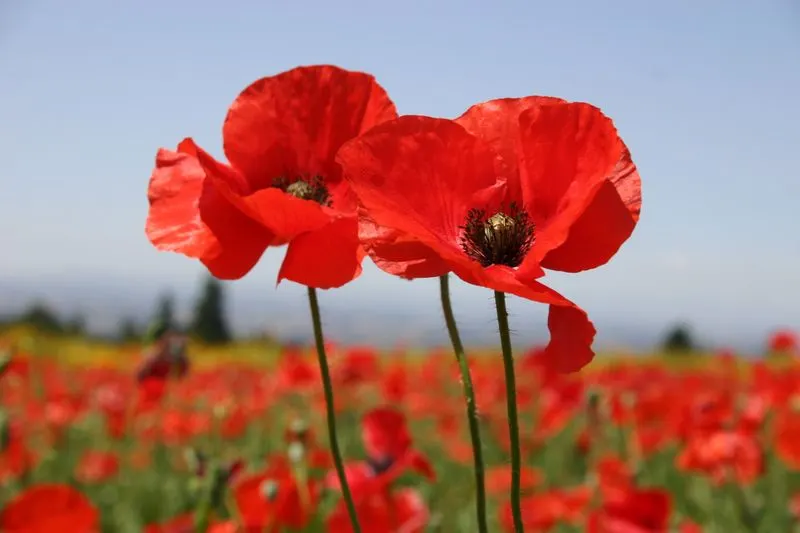
Water management plays a pivotal role in poppy plant care. Overwatering can lead to root rot, while underwatering might stunt growth. Aim to keep the soil consistently moist but not soggy. During dry spells, water deeply but less frequently to encourage deep root growth. Early morning watering is ideal, allowing foliage to dry throughout the day and reducing the risk of fungal diseases. Being mindful of your watering routine ensures your poppies receive the hydration they need without the risk of drowning or drying out.
Provide Adequate Sunlight
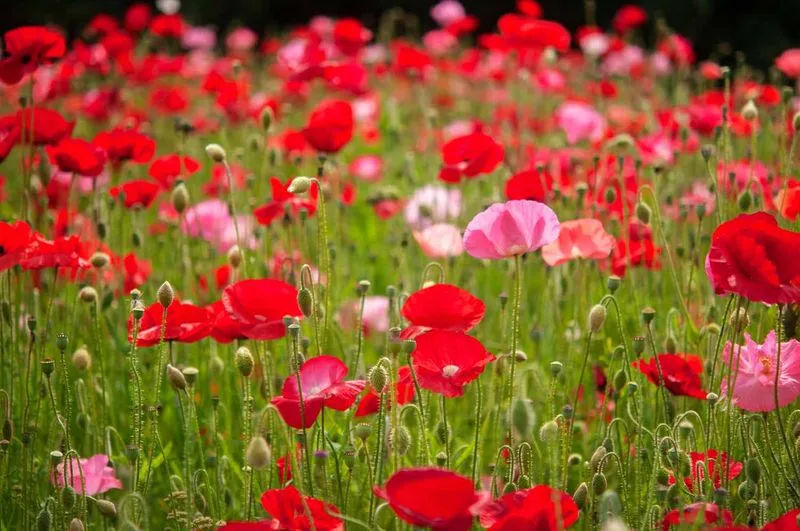
Poppies are sun worshippers and need plenty of light to thrive. Ensure they receive at least six hours of direct sunlight daily. A sunny spot in your garden will encourage vibrant blooms and vigorous growth. Avoid planting poppies in shaded areas where they may struggle to flower. Consider the sun’s path and plant accordingly to maximize exposure. Adequate sunlight not only supports photosynthesis but also helps prevent fungal issues, keeping your plants healthy and flourishing throughout the growing season.
Control Pests Naturally
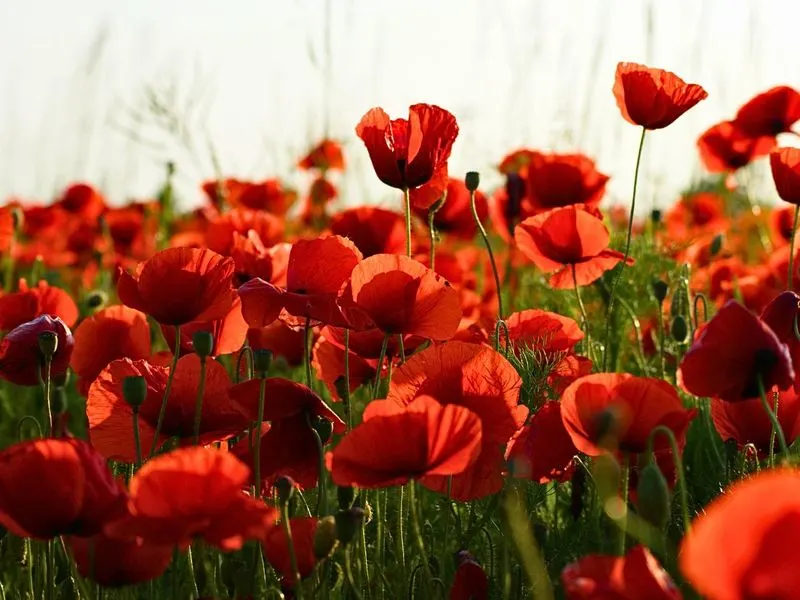
Poppies can fall victim to various pests, but natural solutions can keep them at bay. Aphids and slugs are common nuisances, but introducing beneficial insects like ladybugs can control aphid populations. Handpicking slugs or using barriers can deter them. Neem oil is an effective organic option for managing broader pest problems. Regularly inspect your poppies for signs of infestation and act promptly to prevent damage. By focusing on natural pest control methods, you maintain a healthy garden ecosystem while protecting your beautiful poppy blooms.
Deadhead Regularly
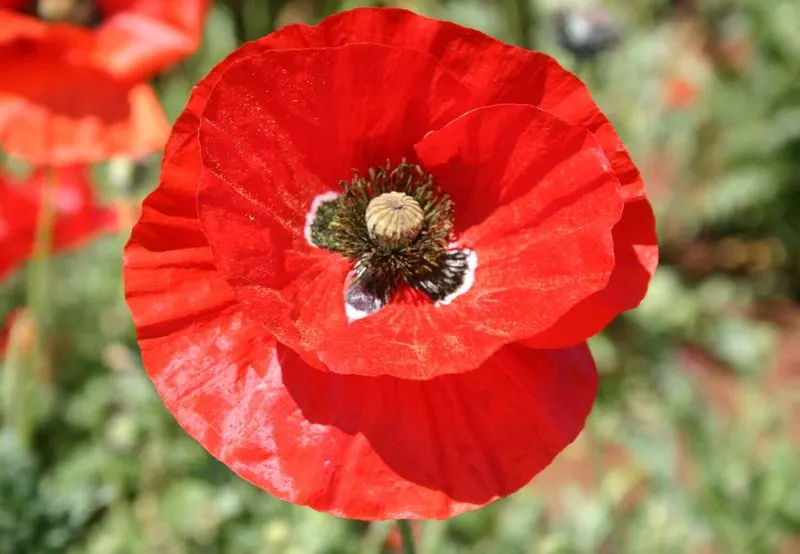
Deadheading is an essential technique to prolong the blooming period of poppies. Remove spent flowers by pinching or cutting them just below the bloom. This practice prevents the plant from expending energy on seed production, redirecting it towards new growth and additional blooms. Deadheading also keeps your garden looking tidy and encourages a continuous display of vibrant flowers. Regular maintenance in this manner not only enhances the appearance of your poppies but also promotes healthier and more prolific flowering throughout their growing season.
Support Tall Varieties
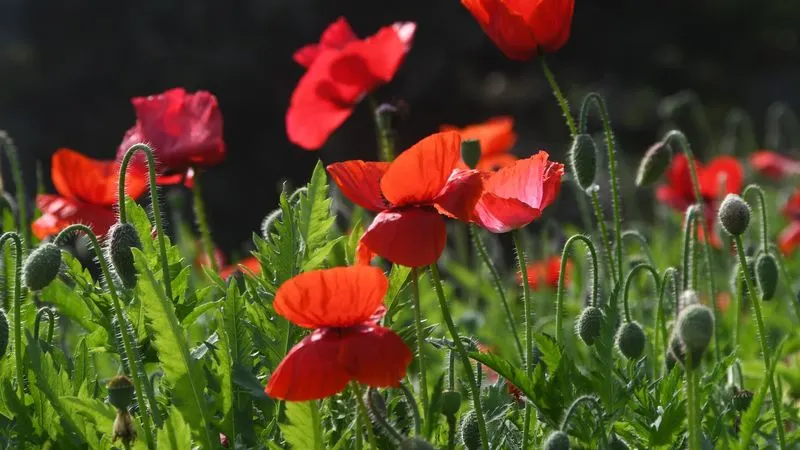
Tall poppy varieties may require additional support to withstand wind and rain. Use stakes or plant supports to keep them upright, preventing damage to stems and flowers. When staking, ensure ties are loose enough to avoid constricting growth but firm enough to provide adequate support. Placing supports early in the growing season minimizes disturbance to the roots. Properly supported plants will stand tall and showcase their blooms without the risk of being toppled by adverse weather, enhancing the visual appeal of your poppy patch.
Fertilize Appropriately
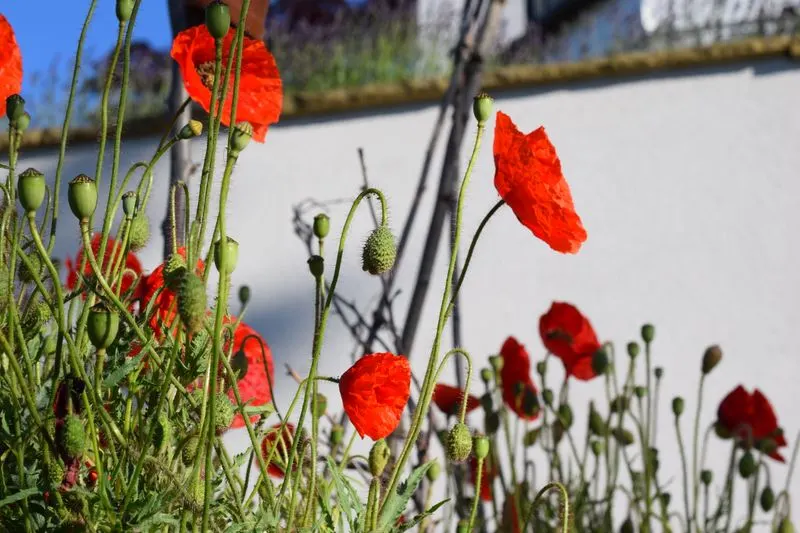
Feeding your poppies with the right nutrients encourages robust growth and flowering. Use a balanced fertilizer during the growing season, applying it sparingly. Over-fertilization can lead to lush foliage at the expense of blooms. A general-purpose liquid or slow-release fertilizer can work well. Fertilize in the early morning or late afternoon to prevent nutrient burn. Remember to water after applying fertilizer to help nutrients reach the roots. Proper fertilization promotes strong, healthy plants and ensures your poppy display is as colorful and vibrant as possible.
Prepare for Winter
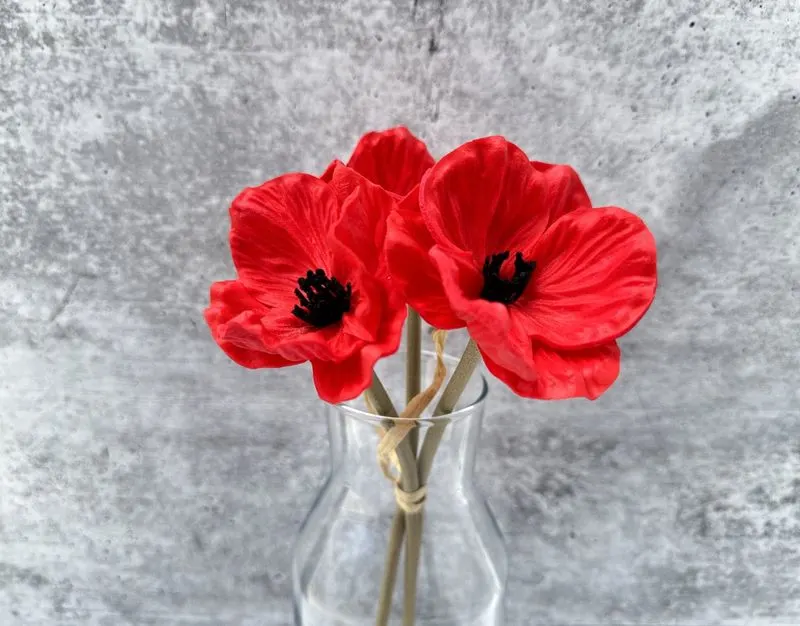
As cooler months approach, prepare your poppies for winter to ensure their return in spring. Cut back dead foliage and apply a layer of mulch to protect roots from freezing temperatures. In harsher climates, consider using frost cloths for additional protection. Mulching not only insulates but also retains soil moisture and suppresses weeds. During winter, monitor conditions to prevent waterlogging, as excessive moisture can harm dormant plants. Proper winter preparation safeguards your poppies, ensuring they survive the cold and emerge ready to bloom once the warmth returns.

